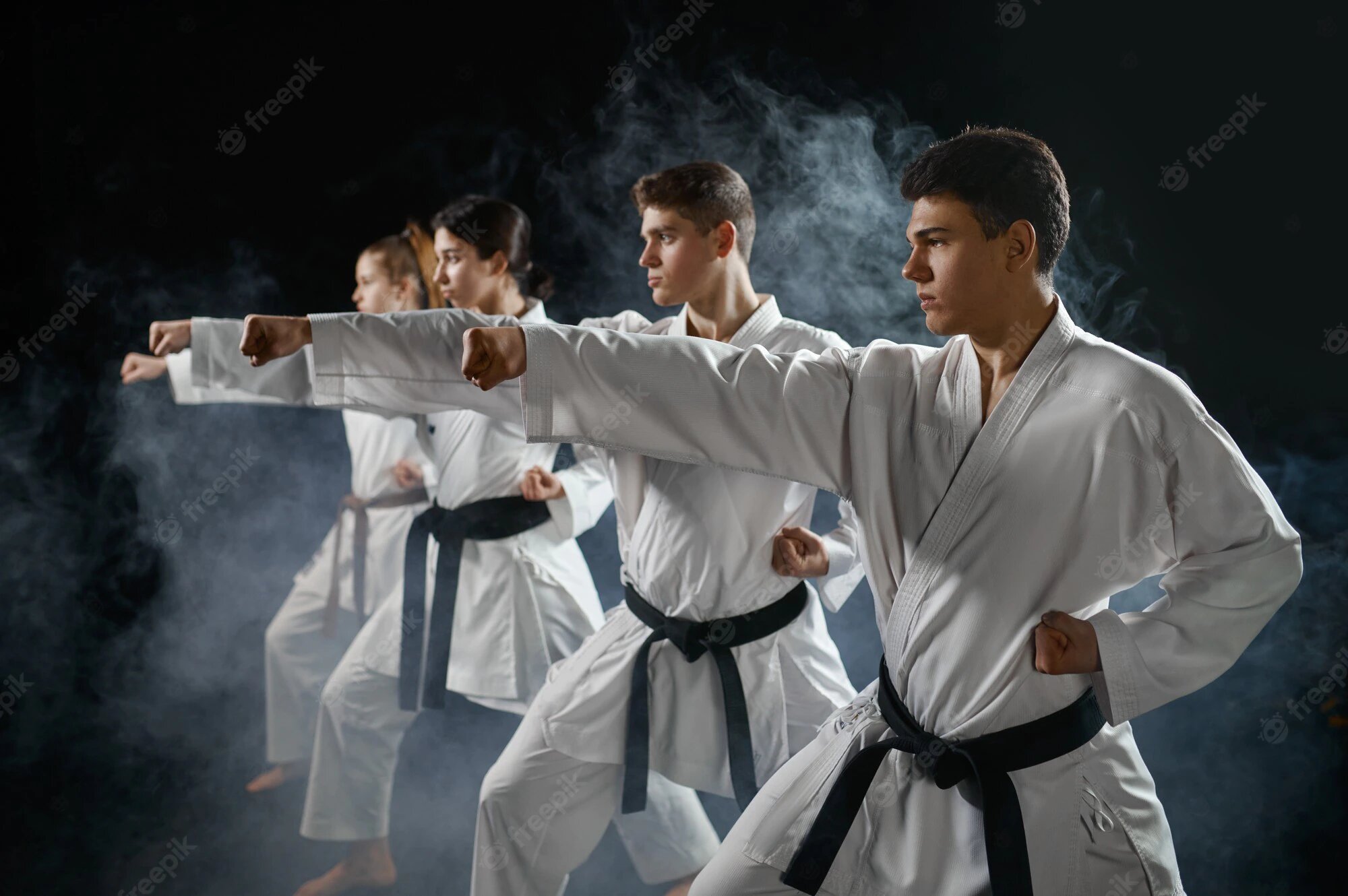Karate was originally conceived as a mix of Chinese martial arts and Okinawan native martial arts (known as “te”) in the 18th century. The “proto-karate” of the times was divided in three major schools whose influence remains present in modern karate to this day. These schools were Shuri-te, Naha-te, and Tomari-te, named after the Okinawan cities they prospered in. With Chinese influence and innovations by masters through the years, many new styles were born. Shito Ryu is one of the most prominent styles in the world, being recognized as one of the four major styles along with Goju Ryu, Wado Ryu and Shotokan.
Shito Ryu as a style was created in 1931 by Kenwa Mabuni, a martial artist from Shuri who during his career studied under Anko Itosu and Kanryo Higaonna, foremost representatives of Shuri-te and Naha-te respectively. Shito Ryu was designed as a blend of Shuri-te’s straight, strong techniques and Naha-te’s circular and soft techniques – thus creating a versatile style with the ability to adapt to many situations. Shito-Ryu today has the most comprehensive kata syllabus of any style in the world – including not just Shuri-te and Naha-te kata, but also Tomari-te and even kata from minor styles as well. As is common after the passing of the founder, Shito Ryu was split into many branches as leadership was disputed and innovations advanced the art.
Our Branch of Shito Ryu is called Motobu-ha Shito Ryu, or Motobu Shito Ryu. It was Created by Kosei Kuniba, who learned under both Kenwa Mabuni and Choki Motobu. Motobu was a famous “street fighter” in Japan who became known for combining traditional karate with advanced fighting techniques. Motobu’s influence is also of huge consequence because he had trained not only with Anko Itosu, but also with Kosaku Matsumura, who was the main proponent of Tomari-te. This means that the karate synthesized by Kuniba has elements of the three main styles of Te, making our style as complete a representation of traditional karate as possible.

